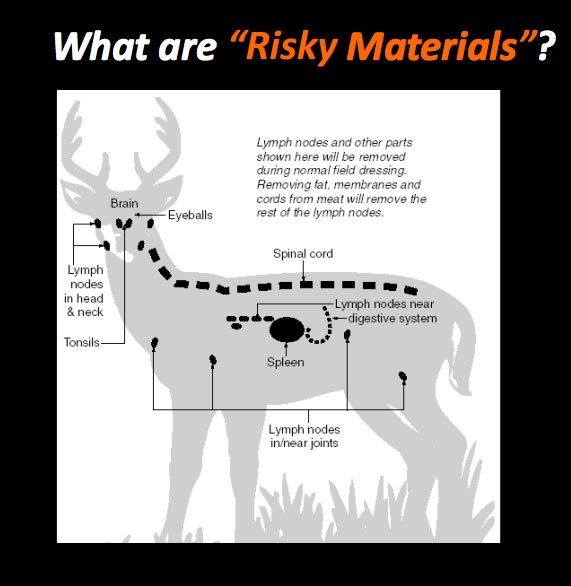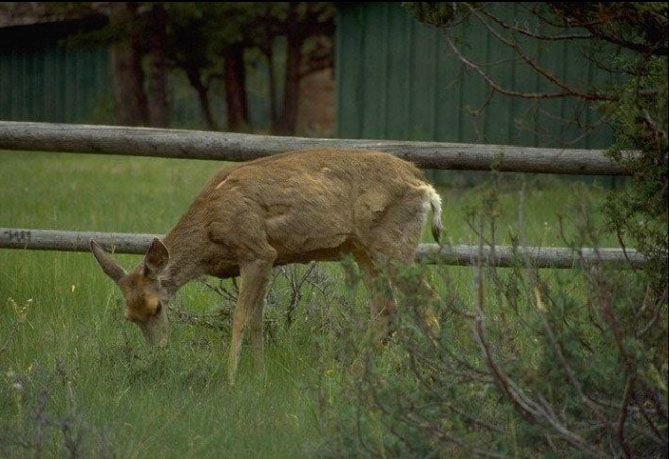A wasting disease could be making its way west, so B.C. hunters have been asked to report any sick or dying deer, moose and elk.
Chronic wasting disease, which is always fatal, only affects those in the deer family. Biologists sounded the alert in B.C. after they discovered an infected animal 30 kilometres southeast of Edmonton.
"This is the furthest west - by 100 kilometres - that biologists have detected the deadly disease, and the discovery intensifies concerns about the infected deer making their way into British Columbia," the Ministry of Forests, Lands and Natural Resource bulletin said.

The deadly deer disease cannot infect humans, either through direct contract or through eating infected meat, a 2015 Ministry of Environment report said.
Despite CWD's similarity to other diseases found in cattle or sheep, it can't be transferred to them either. Only cervids - or members of the deer family like elk, mule deer, and moose - are vulnerable to the disease. Caribou, reindeer and fallow deer are considered susceptible, but there have been no reported cases.
It affects the central nervous system, when abnormal proteins - called prions - attack brain cells, leaving holes in the tissue. Deer pass on CWD through infected saliva, urine, feces and soil.
Chronic wasting disease is not a naturally occurring disease, noted wildlife health biologist Cait Nelson in the 2015 report. The first cases were found in U.S. wildlife research facilities and came to Canada through game farmed elk. The disease then spread from the captive animals in Saskatchewan to wild animals.
The cases of infection in the wild are rare, with one per cent of those hunted in Alberta and Saskatchewan. Captive populations have had higher rates because animal density increases the chance of infection, the report said.

Not all infected animals will look sick, Nelson wrote, adding it can be infected for years before showing signs of the illness.
The biggest threat to B.C. is through importation of infected animals or parts, Nelson said, noting the province is at "low risk" for infection by natural animal movement. A new regulation restricts importing parts of the animal's central nervous system - brain, spinal cord and eyes - as well as the lymph nodes and spleen, which are all considered risky materials.
Anyone who comes across a sick or dead deer can report it by email to [email protected] and a list of drop-off locations can be found at www.stopchronicwastingdisease.ca.



